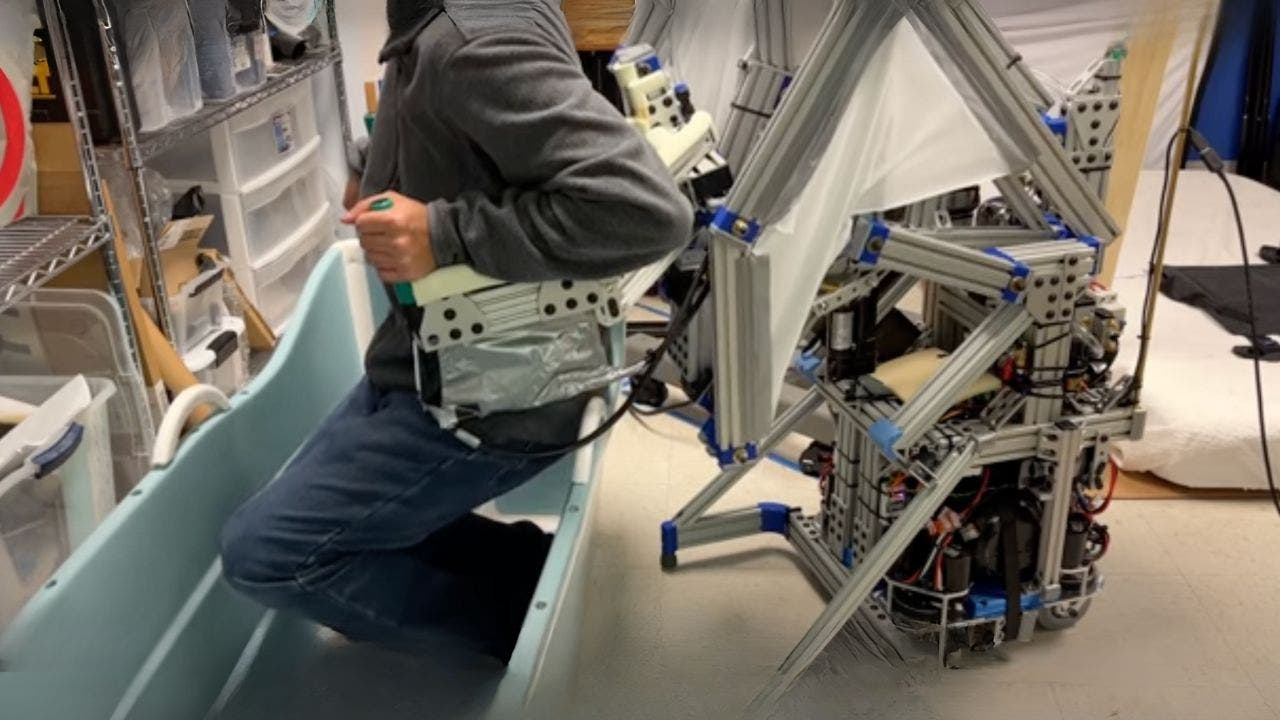Ingenuity Mars Helicopter down but definitely not out

Last January, the Ingenuity Mars Helicopter made its final flight with a landing that damaged at least one of its rotor blades and left it permanently grounded. But while it can no longer fly, it will continue to operate as a stationary Martian weather station.
Ingenuity landed on Mars on February 18, 2021, under the belly of the Perseverance Rover. Both have been roaming the interior of Jezero Crater, which is believed to have once been filled with water.
While the rover has been driving around the dusty Martian ground, the helicopter became the first powered aircraft to fly on another planet. It was designed as a proof-of-concept aircraft intended to make only five experimental flights over 30 days.
As with most planetary probes, the small helicopter performed well beyond warranty, completing 72 flights over more than 1,000 days and flying 14 times farther than expected while accumulating more than two hours of total flight time.
Had the rotor blades not been damaged during that last landing it would have continued to fly.
But after an emotional farewell ceremony when Ingenuity sent its final message home on April 16th, controllers at the Jet Propulsion Laboratory officially ended the mission.
WATCH | NASA engineers read out postcards to NASA’s Ingenuity Mars Helicopter
However, the solar powered Ingenuity is not dead. Its colour camera and instruments are still functioning so the plan is to have it make measurements of the temperature and photograph its surroundings every day for as long as it lasts. No one knows how long that will be, but the computer memory could hold up to 20 years of data.
The twist in the story is that none of Ingenuity’s data from this point on will reach Earth. The helicopter had been using the Perseverance rover as a relay to phone home, which it will no longer be able to do as the rover moves beyond Ingenuity’s range on its way out of the Jezero Crater. Ingenuity will have to wait for future Mars explorers to find it and retrieve the data.

If the helicopter operates for several more years, it could record how conditions on Mars change from day to day and throughout the seasons of the Martian year.
Now that scientists have shown that a helicopter can fly through the extremely thin atmosphere of Mars, they are proposing another, larger device that will be capable of carrying more instruments and covering more Martian territory.

Another group has received approval for a drone-like vehicle called Dragonfly that will be sent to Saturn’s exotic moon Titan in 2028. Titan is the only moon in the solar system with a nitrogen atmosphere thicker than ours on Earth. Clouds in that atmosphere rain liquid methane, which flows in rivers that cut through an icy landscape and gather in lakes, including one that’s 50 per cent larger than our largest Great Lake.
Another concept, called the Mars Aerial and Ground Global Intelligent Explorer (MAGGIE), combines both helicopter and winged aircraft technology.
Autonomous or remote-controlled aircraft technology is a great way to explore these worlds because they can cover ground quickly and make pinpoint landings into terrain that is too rough for wheeled vehicles to reach.

Landers sent to Mars so far have all set down in relatively flat areas or on the bottom of large craters for safety. That’s the equivalent of landing in the prairies, which are interesting in their own right, but don’t reflect all that Canada has to offer, like the Rocky Mountains, our sea coasts or the rest of country for that matter.
Mars has mountains taller than the Rockies, canyons much longer and deeper than the Grand Canyon and icy polar caps. All of these geologically interesting places could be explored by aerial vehicles.
So thank you, Ingenuity, for pioneering flight on another planet and opening up a new era of alien aerial exploration.




